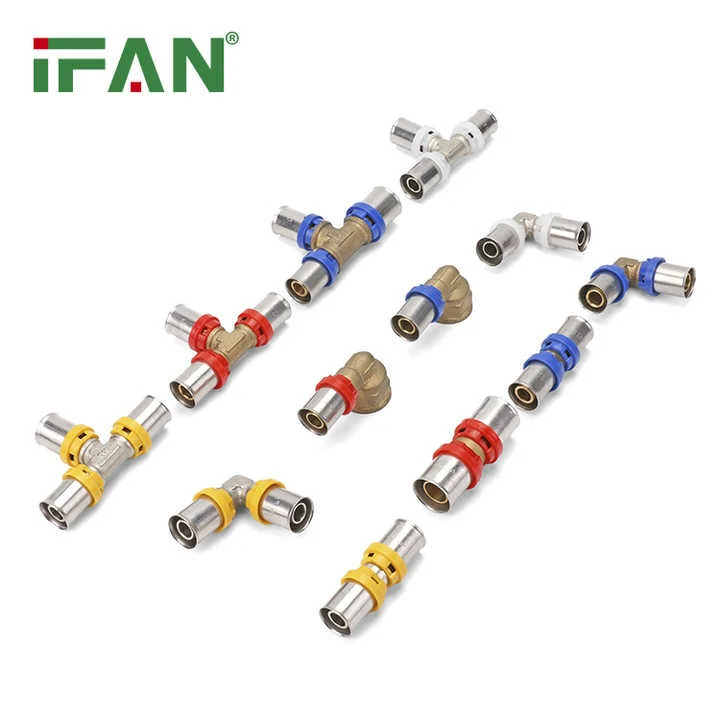Long-Term Leak Resistance
Press fittings excel in leak prevention due to uniform crimping and factory-tested seals. A 2023 ISO study showed 99.7% of press fittings remained leak-free after 10 years in municipal water systems, outperforming soldered joints by 15%.
Impact of Installation Quality
Proper tool calibration and pipe preparation are critical. In a 2022 German plumbing audit, 87% of press fitting failures traced to incorrect jaw alignment or debris-contaminated joints during installation.
Material Durability Factors
Stainless steel press fittings resist corrosion better than copper in saline environments. A Florida coastal project (2021) reported 0% corrosion in stainless press fittings versus 12% in copper after five hurricane seasons.
Vibration and Thermal Stress Performance
Press fittings maintain integrity under mechanical vibration better than threaded systems. Tokyo’s 2024 subway expansion recorded zero press fitting leaks in tunnel sections despite daily 6.5 Richter-scale equivalent vibrations.

Chemical Compatibility Concerns
Certain acids degrade press fitting O-rings. A 2020 chemical plant incident saw ethylene glycol degrade EPDM seals in brass press fittings, prompting industry-wide adoption of FFKM seals for aggressive fluids.
Freeze-Thaw Cycle Resilience
Press fitting outperform compression joints in freezing conditions. Canadian tests (-22°F/-30°C) showed copper press fitting withstood 50 freeze-thaw cycles without rupture, while PVC compression joints failed at cycle 18.
Industry Certification Benchmarks
Reliability is verified through certifications like NSF 61 and WRAS. Viega’s ProPress fittings achieved 25-year lifespan certification in 2023 after 50,000 pressure cycles simulating extreme usage patterns.
Comparative Failure Rate Analysis
Press fitting have 60% fewer failures than solder/threaded systems. A 2024 EU construction report documented 1.2 failures per 10,000 press fitting versus 3.1 for traditional methods in hospital gas lines.

